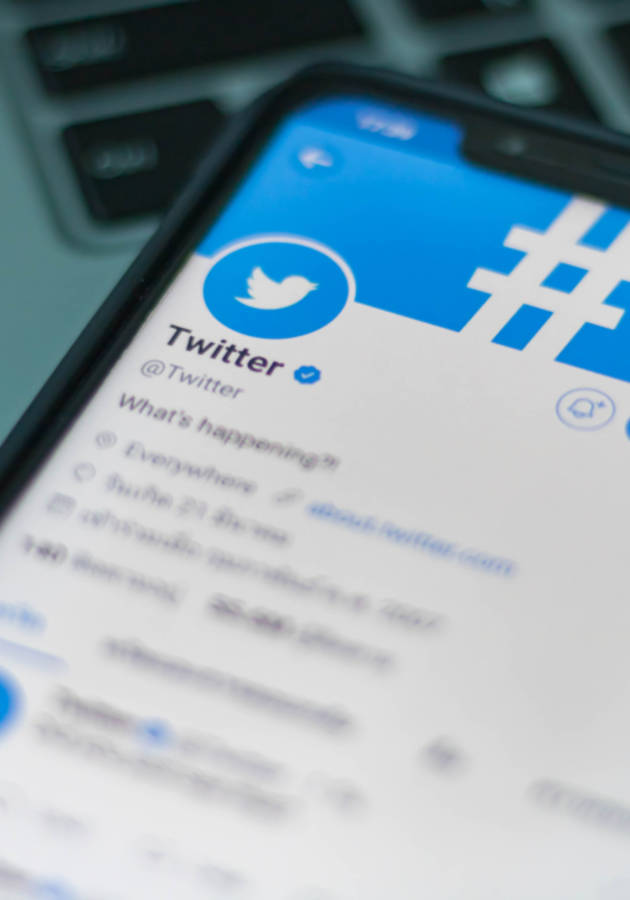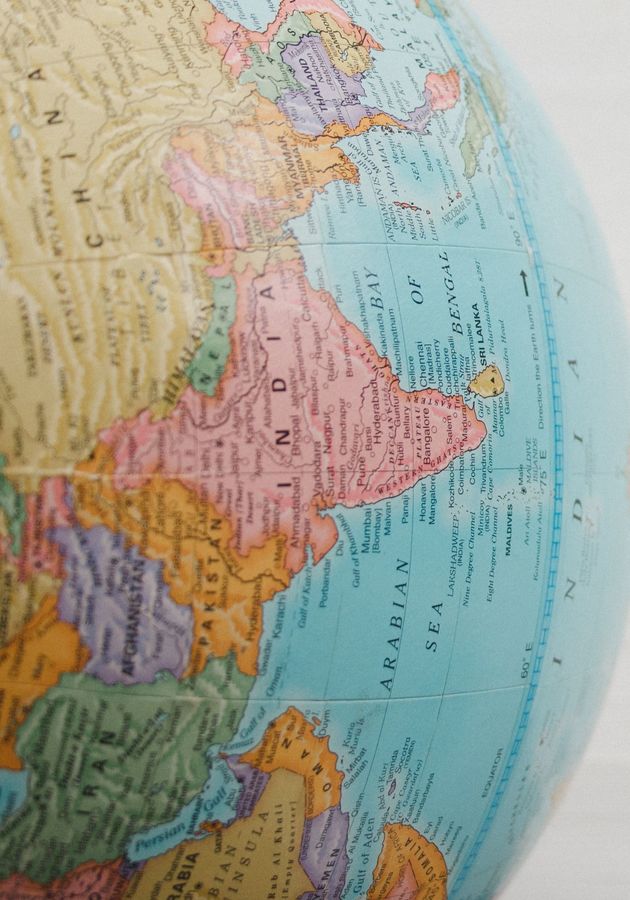With over 300 million active users every month, it is an understatement to say that Twitter is big. As a matter of fact, it is huge!
Let us rephrase that: it is gigantic! It is one of the ten most-visited websites in the world, handling billions of search queries per day and bringing revenues of over $2.5 billion!
With all of this information in mind, it’s easy to forget that Twitter didn’t even exist a decade ago.
Well, Nick Bilton’s “Hatching Twitter” is all about the period in between: how it all started and how it got to become so large. And, more importantly, how it all came at a price, as power and money reshaped attitudes, and friendships turned to enmities, with trust degenerating into everything, from accusations to betrayal.
It’s one of those improbable fiction-like stories that actually happened. So, it’s safe to say that this book will captivate the imagination of many. It has everything: letdowns and triumphs, treachery, and unforeseen comebacks.
No wonder it’s being considered for a TV series!
Are you ready for a fascinating corporate story, complete with all the narcissism and juicy details you would expect from the best ones? Are you prepared to uncover the history of the power struggles going on behind Twitter’s closed doors and the evolution of one of the behemoths of the Internet age?
Here we go!
Evan Williams and Noah Glass
It all starts with Evan “Ev” Williams, a college dropout from Nebraska.
Entrepreneurial from a very young age, he co-founded the company Pyra with his friend Meg Hourihan in the days before the dot-com bubble. The company’s first product was the eponymous web application, which was intended to be both a contact and a project manager.
However, while in development, Pyra evolved into something much more familiar: Blogger, a platform that allowed non-programmers to build their own websites.
Despite the great idea, the company struggled to find ways to monetize the considerable interest and, by the beginning of 2002, almost all employees walked out on Ev, with Blogger basically becoming a one-man organization.
Fortunately, by the end of the same year, Ev was able to secure investment, and Google bought Blogger for millions of dollars in the following year.
Ev Williams was suddenly a very rich man.
By then, a guy named Noah Glass had already introduced himself to Ev. He had come across a photo of Blogger’s offices in a Forbes article about Williams in 2002 and realized that they were located just across the street.
Glass introduced himself to Williams by shouting from his window. The two became friends but weren’t really working together before Williams sold Blogger to Google back in 2003.
It was then that they became business associates: Williams invested in Glass’ new business, Odeo, a Blogger app intended to allow users to upload voice messages in their blog posts.
Ev didn’t really want to mix business with friendship. But he didn’t want to be remembered as one-hit-wonder either.
Biz Stone and Jack Dorsey join Odeo
Biz Stone, an entrepreneur, and Jack Dorsey, a brilliant computer programmer, joined Odeo in 2005. They were an odd pair: both of them extremely creative, both of them jokers of the most curious sort. For example, Jack once printed a T-shirt with his very own – and pretty functional – phone number and wore the shirt all around town.
Biz, on the other hand, was a Google employee who had grown very fond of Ev’s trust-everybody-from-the-start managing style. That’s why, soon after Ev left Google in 2004 to found Odeo, Biz decided to join him.
The catch? Since Biz worked at Google for only two years, his stock had not yet vested (and wouldn't for two more years), so his decision to leave also meant leaving more than two million dollars at the shiny Google table.
But, in Biz’s mind, it made sense: “We didn’t move out to California so I could work at Google,” he told his wife, Livia. “We moved out here so I could work with Ev.” And it all looked pretty well at the beginning. Odeo secured about five million dollars in investments, and it seemed like it could become the next great thing.
But, in June 2006, Apple released iTunes 4.9, which included podcast support. Odeo was suddenly all but a living idea. Nobody could compete with Apple. Not even with five million dollars in investments.
The birth of Twitter
The guys needed something fresh, and they needed it as soon as possible. Luckily, while brainstorming for ideas during a drink-fuelled conversation, Jack Dorsey suggested Williams and Glass “a status updater.”
Noah loved the idea from the outset. He was pretty sure that people would need something like that as a temporary remedy for loneliness, which – he had noticed before almost anyone – was becoming an ever-larger issue with the advent of computers.
It wasn’t a new idea as such: LiveJournal, a competitor of Blogger, offered people the option to show small status messages on their blogs to say what they were doing at that particular moment. Expectedly, most bloggers used the feature to write brief updates about themselves. The good news: they updated it regularly.
Williams, then Odeo’s CEO, was convinced: he greenlit the idea and asked Biz and Jack to work on it. Despite Glass’ enthusiasm, he was a guy who couldn’t be trusted with big responsibilities, partying a lot and with pretty disorderly working habits.
Nevertheless, Noah was obsessed with the idea, and nobody could keep him out of the process. It was he who, after spending hours and hours browsing through the dictionary, came up with the name Twitter.
Jack suggested they remove the vowels (a trend at the Valley at the time, thanks to Flickr) and, on March 21, 2006, at ten minutes before nine at night, he had the honor of sending the first tweet in history: “just setting up my twttr.”
The problems arrived soon. Very soon.
Problems, problems, problems…
In July, 2006, at a startup insiders party, the intoxicated Noah Glass broke a sacred vow of silence given between the founders and told a few people about Twitter before its official launch.
Dorsey was furious to find articles about “Twttr” all around, and gave Williams an ultimatum: either Glass would go, or he would. Williams chose the former: Dorsey was far more important to the company, and Noah had proven on more than one occasion that he was not a reliable guy. So much with friendship.
Even after Noah dismissal, however, the atmosphere at Twitter still reminded one of a boiling volcano, as Jack and Ev started fighting over many aspects concerning the direction and the future of Twitter.
Evan had financed most of the endeavor with his own money and was still the CEO of the company, but Jack was the project leader. He came up with Twitter’s most recognizable features, usernames and the 140 characters limit. It didn’t help that, in the meantime, Williams had started a think tank called Obvious Corporation and spent a lot of his time working on it.
In the end, even though he owned two-thirds of Twitter, Ev stepped down as a CEO, allowing Dorsey (who owned just about 20% of the company) to assume the position.
With Jack behind the wheel, the company started growing, and with that, dwindling the friendship between him and Williams with that.
Despite the surge in users, Jack’s leadership skills were regularly questioned by Evan and the investors, primarily due to the many crashes (Twitter was still running on the original architecture and faced significant scalability problems), and Jack’s trivial side-interests (he had taken fashion designer classes).
So, it came as no surprise that, when Twitter’s chief engineer announced that the platform had no backup whatsoever, Dorsey was ousted from his position as a CEO, with Williams taking over once again.
Jack Dorsey’s revenge
Dorsey didn’t take this lightly as he considered Twitter to be both his brain- and lovechild.
So, he used the media to share his side of the story with the world. He presented himself as Twitter’s only inventor and created a worldwide impression that he’s still running the company. He had no part in it, but headlines filled papers questioning: “Is Jack Dorsey the new Steve Jobs?”
There’s more about it, when a group of prominent tech wizards visited Iraq, Twitter was represented by – you’ve guessed it – Jack Dorsey! He even lured one of Twitter’s major investors, Peter Fenton, who seemed to believe Dorsey more than he had believed Williams.
In the meantime, Twitter grew to become a giant in the industry. First, it reached headlines when Ashton Kutcher beat CNN to one million followers (thus, proving that individuals can now outdo huge media corporations), and then Oprah invited Evan to her show.
In 2008, Jeff Bezos invested in the company, and a year later, Time’s annual list of the 100 most influential people in the world included Biz and Evan.
More importantly, Twitter grew to become one of the best ways to share the news. Whether they were about earthquakes, presidential campaigns (USA) or revolutions (Iran), it seemed as if everybody tweeted and retweeted.
By 2009, over 30 million tweets a day were sent using the platform! Ready for the twist?
Williams always struggled with decision-making. And, because of it, he was an easy target for Dorsey. With Fenton on his side, Dorsey started a campaign against Williams and his allies. Williams didn’t bother with it – until it was too late.
By the beginning of 2011, both he and Biz had left the company, and Dorsey was once again where he had always wanted to be.
Dick Costolo and the rise and rise of Twitter
While Evan was Twitter’s CEO, he had hired a friend of his, Dick Costolo, to be the company’s chief operating officer. Dick quickly made the company some money by striking lucrative deals with both Google and Bing.
He also quickly made friends with Dorsey and was part of the coalition to oust Evan from the CEO position. He had taken over the company while Ev was on paternity leave as a temporary job, but, soon enough, the circumstances allowed this move to be made permanent.
Dick wanted to go public, but, before doing so, he intended to refurbish Twitter’s image into something more serious: an oasis of free speech for intellectuals rather than a cool venting channel for millennials.
To that end, he moved the company offices in San Francisco, fixed all scalability issues, and secured substantial revenues through advertising. And, when Twitter went public in 2013, it was valued at $31 billion!
Two years later, Costolo stepped down as CEO in favor of none other than Jack Dorsey, the only one of the company’s co-founders still working at Twitter. Dorsey has been the CEO to this day.
Final Notes
“Hatching Twitter” is written in such an engaging style that, for the most part, it reads like a novel. A gut-wrenching business thriller. Bilton possesses an excellent storytelling gift and the strengths of a high-quality writer.
What’s more, he is aware of his qualities and employs them throughout his work. Scene-setting descriptions, atmosphere-capturing adjectives, quotable lines – you can find it all in “Hatching Twitter.”
What you won’t find, however, are references and index. And for a non-fiction book – that’s a serious “no-no.” Sure, the book is based on interviews with the protagonists, but referencing is part of a researcher’s job. And indexes exist to make the lives of the readers easier.
So, in a way, both the best and the worst side of “Hatching Twitter” is its novel-like quality. Fortunately, the first outdoes the latter by far.
12min Tip
If the history of Twitter can teach us anything, it is undoubtedly the accuracy of that old saying: “It’s good to have friends in business, but you shouldn’t go into business with your friends.”





























